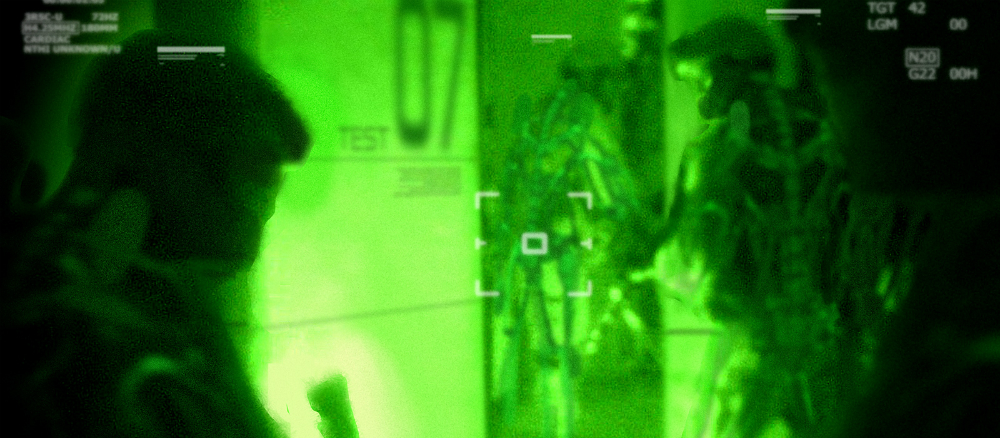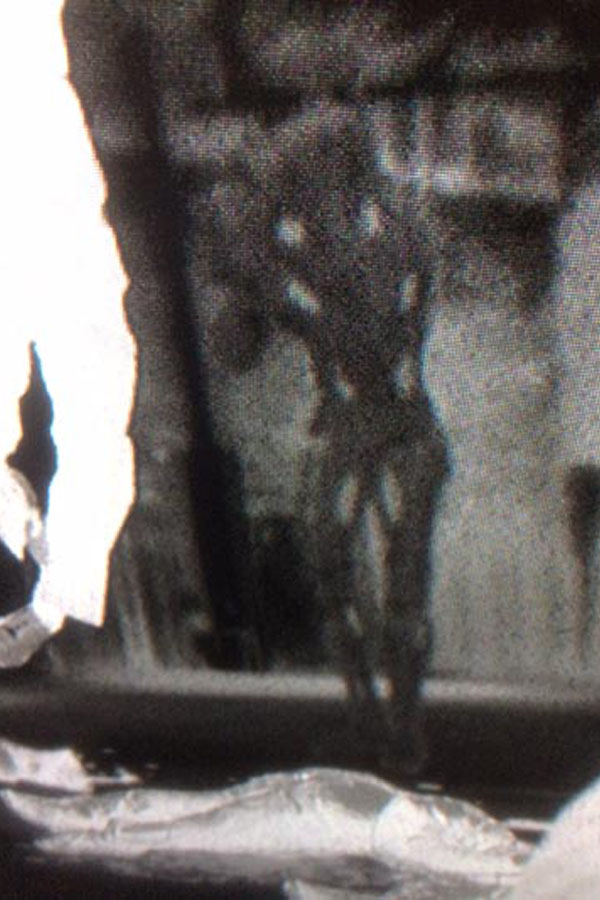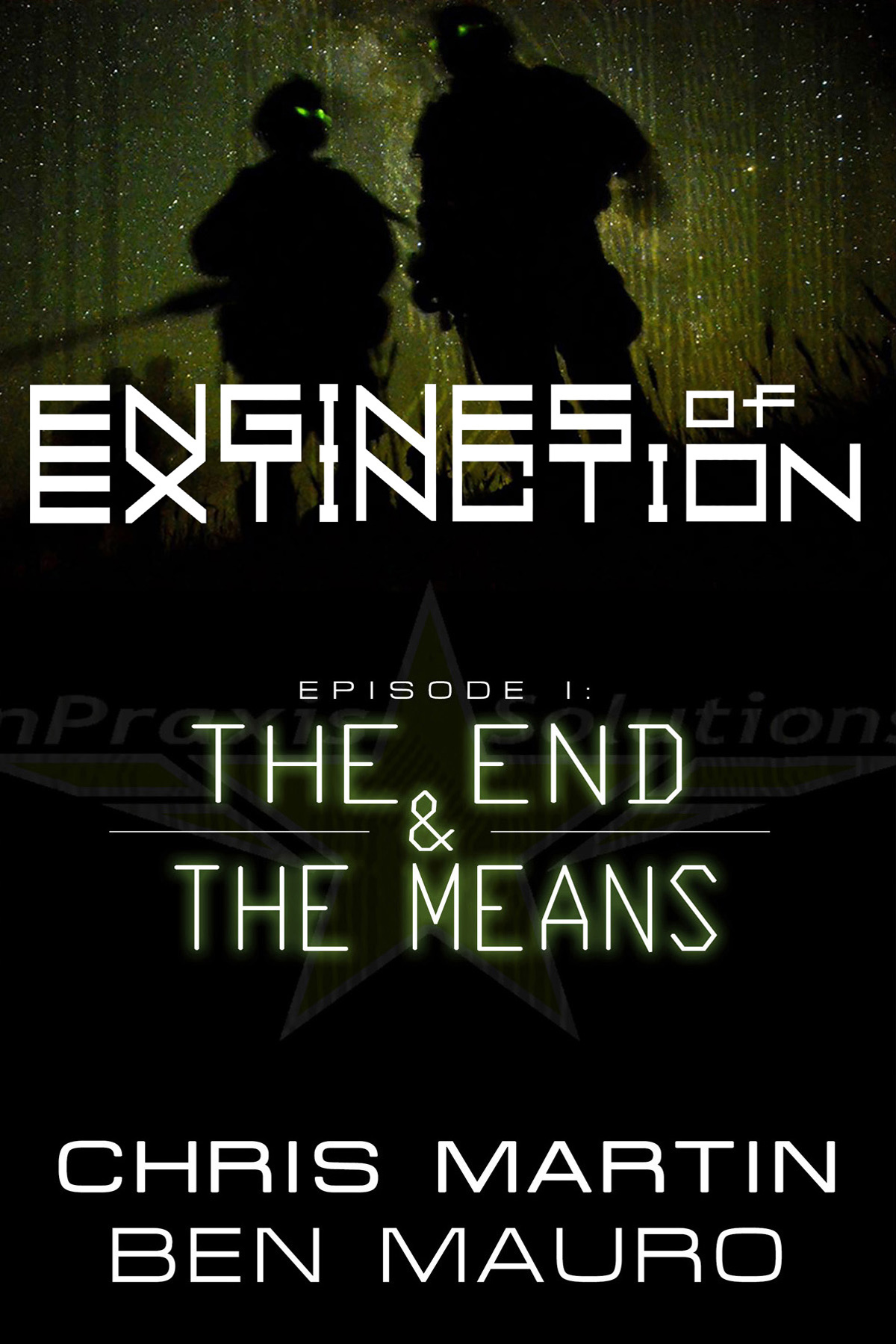What Comes After Strategic Surprise?
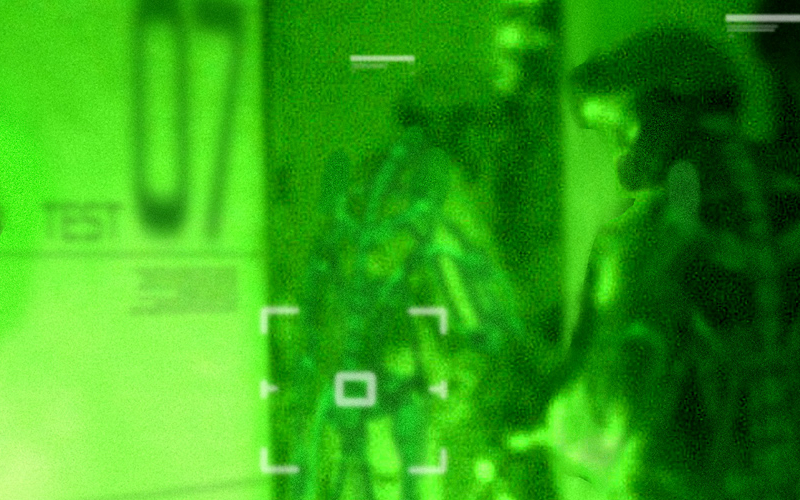
“Welcome to the first day of the end of your life.”
– E-mail from Jared Baxter
Chris Martin, Engines of Extinction, Episode One: The Ends & The Means (Amazon, 2015)
Of all the potential threats tracked by America’s national security community, the most worrying is to be confronted with a menace that has not even been considered. The likelihood of being taken by surprise seems to increase each day. As highly disruptive military and civilian technologies like additive manufacturing, autonomous unmanned systems, and human bio-modification proliferate around the world, adversaries will pick from a lengthening menu for the next generation of asymmetric advantages to wield against the United States.
Still, these are known problems, and the United States has grappled with high-stakes asymmetric threats since the end of the Cold War. After all, this is part of DARPA’s charter: preventing strategic surprise. And at a moment when the United States warily eyes China’s military rise, it is also a mainstream mission thanks to the Defense Department’s recently announced “Third Offset” strategy.
Yet after reading the first installment of Chris Martin’s serialized novel Engines of Extinction, Episode One: The Ends & The Means, it is hard not to be concerned that in the twenty-first century, even America’s best efforts may not be enough. And even if they are, we may still be too focused on the most obvious threats to miss the outbreak of “the Final War.”
Told primarily through e-mails sent by fugitive former Delta Force sniper Jared Baxter, Engines of Extinction is a fascinating walk-through of what an actual “strategic surprise” might look like – and how America might respond. The serialized novel, a joint project with illustrator Ben Mauro, is essentially an invitation to swan dive into a yawning chasm of strategic, moral, and technological uncertainty. As you fall deeper and deeper into the darkest recesses of America’s most secret clandestine military capabilities, you are at least in interesting company with Baxter as your guide.
Given the theme of strategic surprise, it would be unfair to spoil Martin and Mauro’s work by disclosing too much about the story in this review. At a minimum, the former commando was working as a private military contractor on a sort of denied-operations counterterrorism mission treadmill before being attached to a task force tackling a mission of existential importance to the United States. There are no zombies and no vampires. Science supplants supernatural for sheer terror inside the Beltway when a truly creative writer has done his or her research, as Martin has.
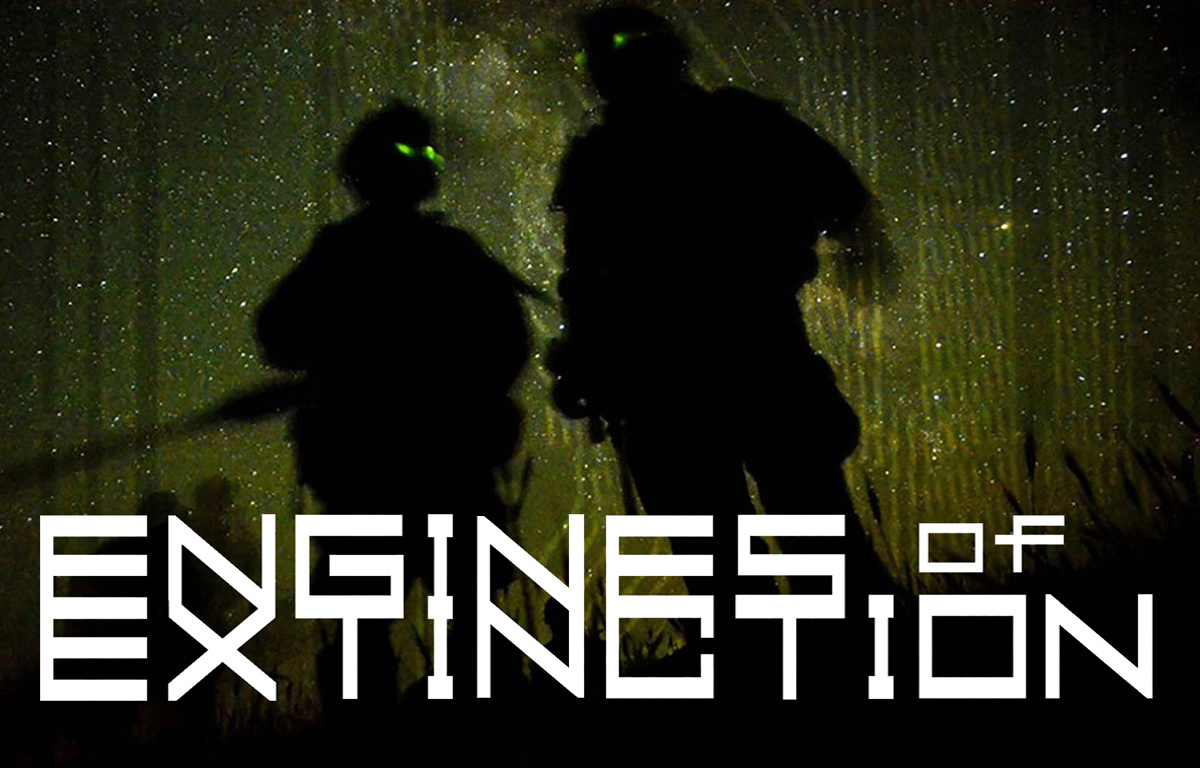
America has placed its future in the hands of an all-or-nothing military science project before with the Manhattan Project. Imagine a threat so dire, so sudden, and an adversary so misjudged that it required a similarly secret effort – with a violent twist. Looking at the endemic dysfunction in Washington might make such purposeful action seem like the real fiction in this story. That is where the Office of Asymmetric Advancement and Presidential Policy Directive/PPD-2 comes in. This directive provides marching orders for a band of America’s most experienced killers in and out of government service.
Shadowy as these operators may be, there is still a paper trail. Martin uses this to his advantage. Martin, who is also a contributor to special operations-focused news and analysis website SOFRep.com, has done extensive research that goes beyond the science behind the story. He actually wrote a book, Modern American Snipers, a by-product of his research into the special mission units from which the Engines of Extinction characters are drawn. One of the striking aspects of the first volume is the amount of primary and secondary research material, realistic but fictitious, that is on offer. There is even a National Intelligence Estimate detailing the new threat, and America’s response. Wire services and newspaper also form part of the case Baxter makes in trying to establish his bonafides. Transcripts and after-action reports are also available. It is an effective format merging the familiar and the far-out reminiscent of recent science fiction books like Daniel H. Wilson’s Robopocalypse and Max Brooks’ World War Z.
For those whose daily lives are consumed with avoiding strategic surprise and are working on the “Third Offset” strategy, it goes without saying that an open mind is essential. So the next time a Nigerian prince’s scam e-mail shows up in their inbox, before deleting it, consider that it might really have been sent as a coded message by a certain Jared Baxter.
August Cole is the director of the Atlantic Council’s Art of Future Warfare project and a non-resident senior fellow at the Council. He is a writer, consultant and analyst. His first novel, GHOST FLEET, co-written with Peter W. Singer, will be published in 2015.


